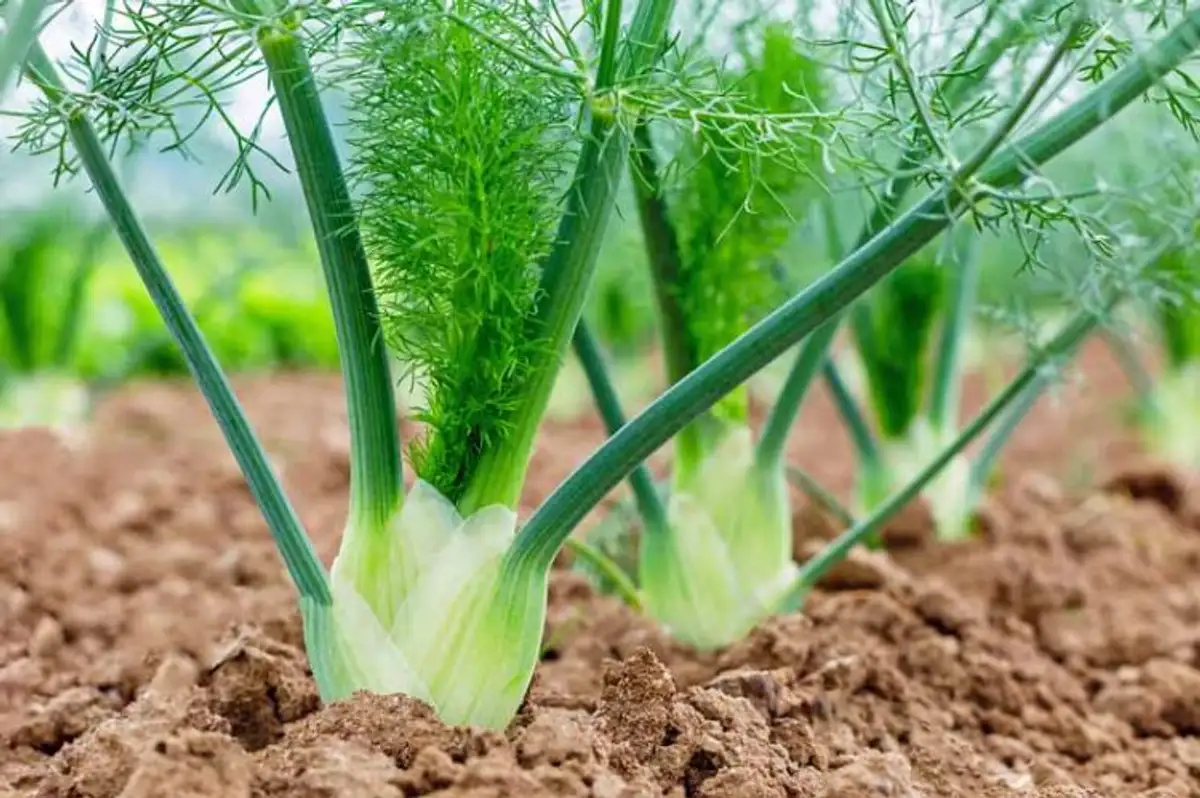Are you curious about cultivating and harvesting fennel? Do you want to know how to care for this aromatic plant? Look no further, as our expert team is here to provide you with all the information you need. Fennel is a beloved plant known for its fragrance and culinary uses. From its origins in ancient Egypt and Greece to its introduction to France by Henri IV's gardener, fennel has been a staple in kitchens around the world. Whether you're growing common fennel or bulb fennel, we have all the tips and tricks you need for successful cultivation. Join us as we explore the world of fennel!
Where and when to sow fennel?
If you're eager to start growing fennel, you'll need to know where and when to sow the seeds. Fennel thrives in a rich, calcareous soil, making it an excellent addition to any garden or nursery. When sowing the seeds, make sure to leave intervals of 10 cm between each seed and space the furrows 20 cm apart. Cover the seeds with substrate and water them. While fennel can tolerate cooler temperatures, it truly thrives when exposed to ample sunlight. Once the young plants have developed 5-6 leaves, arrange them in a way that allows the largest leaves to flourish.
When to harvest fennel?
After patiently waiting for the fennel to grow, it's finally time to harvest this flavorful plant. In general, fennel can be harvested after the month of September, during the winter season. The bulbs should have reached a size of 10 cm before they are ready to be harvested. This usually takes around 3 months. To harvest fennel, use a spade to carefully remove the bulbs from the soil. Remember, both the seeds and the bulbs are packed with nutrients and can be used in various culinary dishes. Once harvested, store the fennel in a cool and well-ventilated place, such as crates. If you have an abundance of fennel, it can also be frozen for future use.
How to maintain the plant?
In order to ensure the success of your fennel plants, proper maintenance is key. The most important aspect of fennel care is watering. Fennel is a thirsty plant, especially during the summer months. Make sure to water it regularly, but also mulch the soil to keep it cool. Be mindful of the plant's growth, as rapid growth during the summer can hinder the formation of bulbs. When the base of the stems starts to become fleshy, it's time to dig up the fennel at a distance of approximately 12-15 cm to reveal the white bulb.
What are the diseases and pests that attack fennel?
Like any plant, fennel is vulnerable to diseases and pests. The number one enemy of fennel is mites, which can wreak havoc on both the plant and its aroma. To eliminate mites, you can create a soap-based mixture diluted to around 10% and spray it onto the entire plant. Fennel is also susceptible to certain fungal diseases, including cercosporiosis. This group of fungal diseases is characterized by brown spots with reddish reflections on the plant. Another disease to be aware of is verticillium wilt, which can survive in the soil for many years. It tends to spread in humid conditions with temperatures around 25°C, and can be identified by yellowing of the leaves.
What are the medicinal benefits of fennel?
Aside from its culinary uses, fennel is also known for its medicinal benefits. This aromatic plant has long been celebrated for its antioxidant, digestive, and nutritional properties. The distinctive flavor of fennel, reminiscent of anise, is beloved by gastronomes worldwide. In Mediterranean cuisine, fennel is often used as a final touch to enhance the flavors of various dishes. Fennel seeds have antispasmodic and stimulating effects, helping to relieve intestinal gas. They have also been found to stimulate breast milk production in pregnant women, benefiting both the mother and the baby.
As you can see, fennel is not only a delightful addition to your garden, but also a plant with a multitude of uses. From cultivation to harvest and beyond, learning about fennel is a journey worth embarking on. So why not try your hand at growing this aromatic plant and reap its many benefits? Happy fennel gardening!
Hi, I'm Michael, a passionate writer and editor at The Daily Herald. With a keen eye for detail and a knack for storytelling, I love bringing articles to life, ensuring our readers are captivated from the very first sentence. In fact, just the other day, I stumbled upon a fascinating anecdote about a famous chef that added an unexpected twist to my latest food review. Working with the talented team at The Daily Herald truly allows me to indulge my passion for writing and explore new stories every day.

